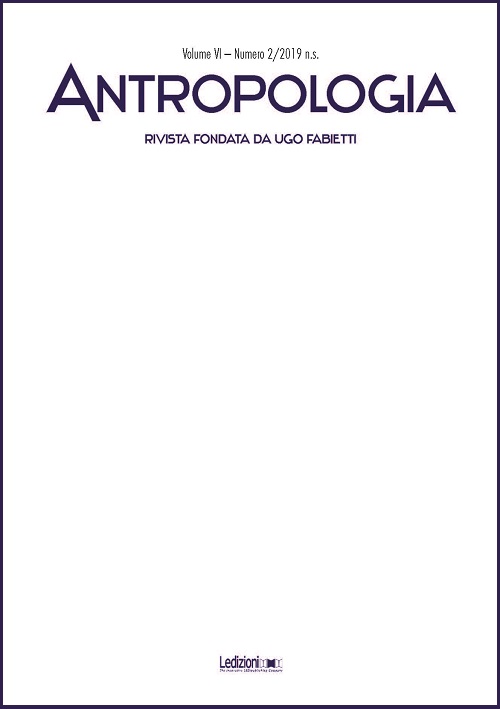What Is Kinning All About?
DOI:
https://doi.org/10.14672/ada201915757-12Keywords:
kinning, family, parenthood , reproductive health, kinshipAbstract
The EASA2016 Conference “Anthropological Legacies and Human Futures”, held at the University of Milan Bicocca in 2016, invited scholars to reflect on the legacy of anthropological studies “dealing with new forms of livelihoods, symbolic practices and material conditions”. We examined fundamental issues within the anthropology of kinship, and questioned traditional theories, concepts and legacies related to this field. We aimed to reconsider the very notion of kinning (Howell 2006) setting it against the concept of de-kinning (Fonseca 2011); we therefore organized a panel on “Kinning and De-kinning: Kinship practices between ‘parental figures’, ‘reproductive collaborators’ and children in new family configurations”. The fruitful discussions we had in those very hot summer days in Milan have continued in subsequent years, and we are now building on these reflections in collaboration with some of the panel participants, as well as new colleagues who have joined us since 2016.We approach kinship by examining ethnographic case studies “at the edge of kinship”, where there is “no template as to what the relationship is supposed to be” (Berend, Guerzoni this issue). The development of ARTs (Assisted Reproductive Technologies), combined with social and juridical changes within family structures, have reinvented child production, family reproduction and kinship practices. Contemporary forms of reproduction, family and parenthood (including increasingly complex networks of parental figures and progenitors – biological parents, adoptive parents, donors, birthmothers, surrogates, and social parents) offer new insights to the anthropological study of kinship.
Downloads
Published
Issue
Section
License
Copyright (c) 2019 Antropologia

This work is licensed under a Creative Commons Attribution 4.0 International License.
Authors maintain the copyright of their original work and grant the Journal the right to first publication, licensed after 36 months under a Creative Commons Licence – Attribution, which allows others to share the work by indicating the authorship and first publication in this journal.
Authors may agree to other non-exclusive licence agreements for the distribution of versions of their published work (for example in institutional archives or monographs) under the condition that they indicate that their work was first published in this journal.



